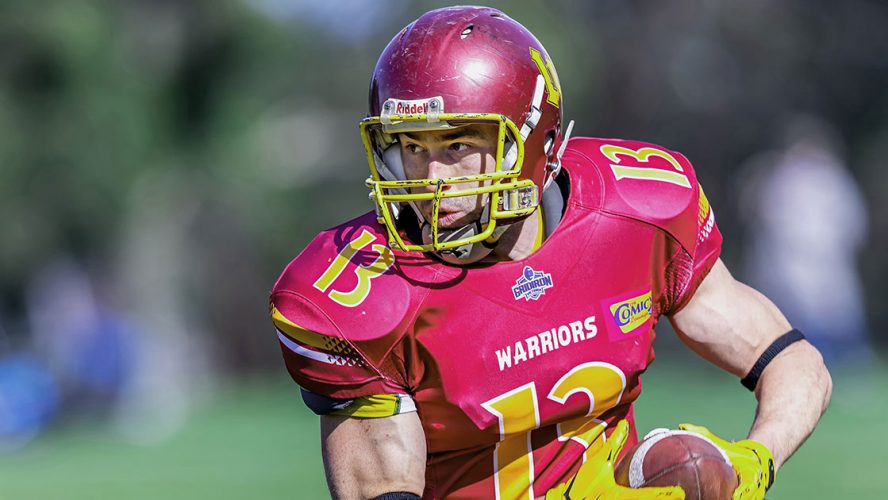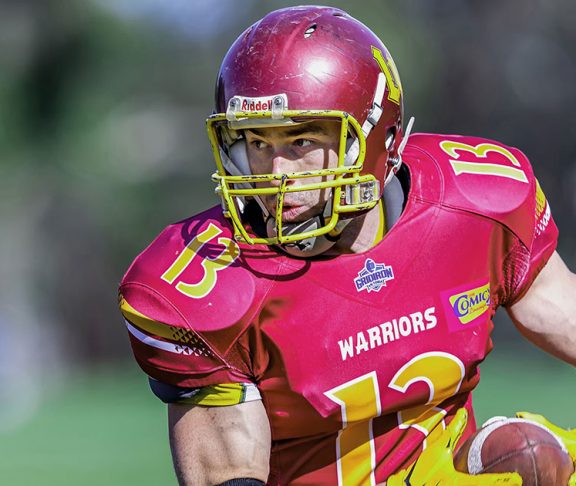Concussions in professional, college and youth sports have affected large numbers of American young athletes, causing wounds that we can only sometimes see.
Both sports-related concussions and traumatic brain injuries (TBI) carried home from the theater of war affect large numbers of Americans. Thanks to stimulating new initiatives, our consciousness has been raised on this subject to unprecedented levels in recent years.
Teeing up the issue
About eight years ago we were made aware of increasing concerns with former NFL players who had suffered concussions while playing football. Sylvia Mackey, the spouse of former All-Pro tight-end John Mackey, and others who suffered similar injuries were describing problems with memory, anger management, sleep, depression and even suicide.
Around this time, former NFL players began huddling with concerned members of the community where NFL teams are located and where retired players tend to settle. Out of those meeting emerged new strategies for promoting evaluation, care and support for former players and their families, including the innovative NFL lifeline.
Stepping in
Because it’s not always clear when sports-related concussions start, a chief concern remains prevention. An investigation started with reports from colleges and high schools, and found that:
- More concussions occur in high school than any other level or place in society
- Over 250,000 high school students are seen in emergency departments for TBIs each year
- In football, soccer, basketball and other sports like cheerleading, children and adolescents are at risk for TBIs
- Girls suffer as much as, or more than, boys, especially in soccer and basketball
In November 2013, the National Council on Youth Sports Safety (NCYSS) was created to look into prevention. Its PASS (Protecting Athletes and Sports Safety) initiative was subsequently created with four goals in mind:
- Launch an all-out effort to prevent and reduce concussions in high school sports
- Enhance appropriate treatment and recovery
- Stimulate new research
- Educate and influence policymakers on these issues based on the evolving scientific evidence
Finding balance
Parents and educators promote increased physical activity in children for many reasons, including avoiding the risks associated with inactivity—obesity and associated problems. Physical activity improves discipline and behavior in schools, and enhances learning, including performance on standardized exams. Similarly, children’s involvement in team sports improves relationships, communication, character and leadership skills.
While encouraging these areas of development, it is crucial that we simultaneously focus on how to:
- Support physical activity involvement in team sports but minimize injury—especially TBI’s
- Assure appropriate treatment and recovery when brain injuries occur
- Stimulate appropriate return-to-play and return-to-learn/work protocols
- Update the rules of athletic contests
- Measure the impact and enforcement of existing and of new policies
The benchmark
The primary goal for these work groups, or community huddles, is to identify and interact with those who share similar concerns, bring special expertise and want to help. Working together, they continue to develop best practices and policies for reducing and preventing TBIs in children and adolescents, and also assuring that, when TBIs do occur, the young athletes receive appropriate treatment and recovery.

